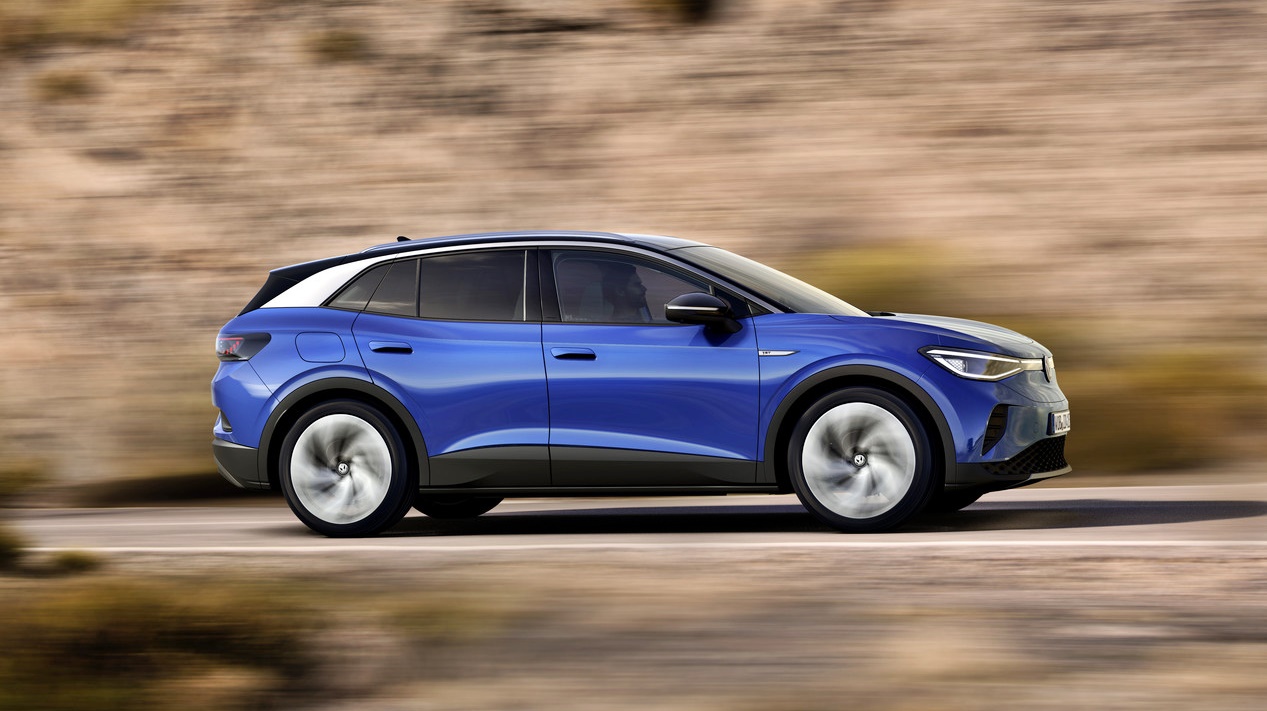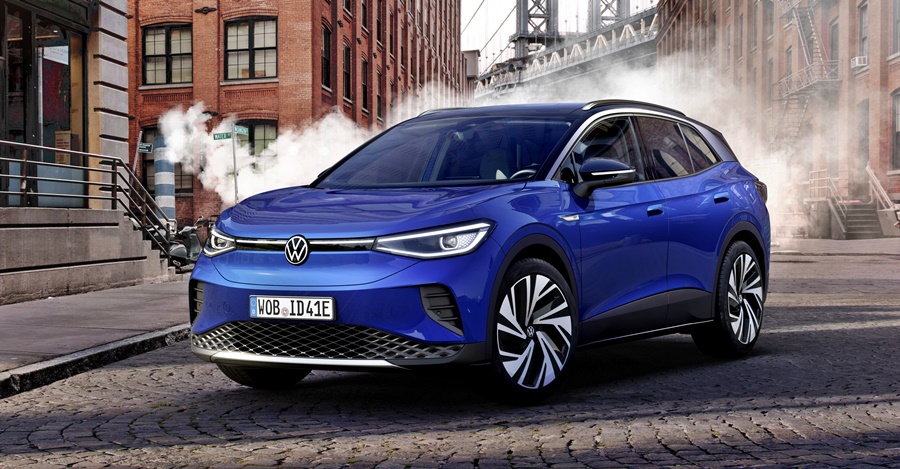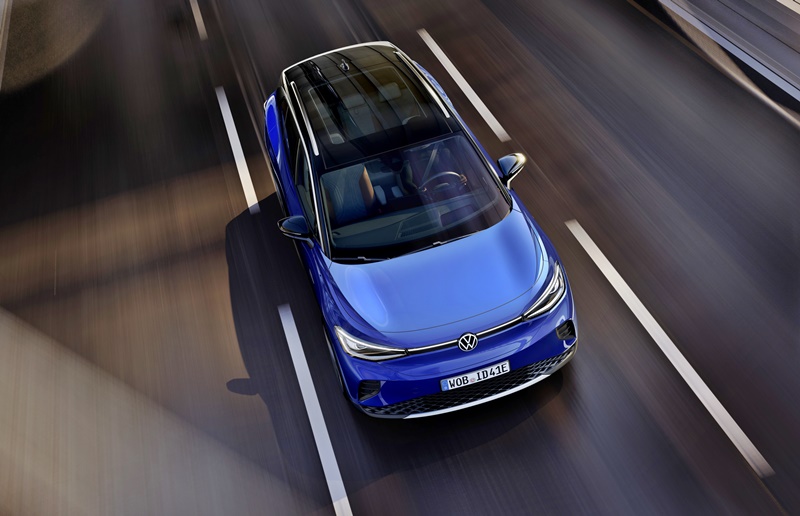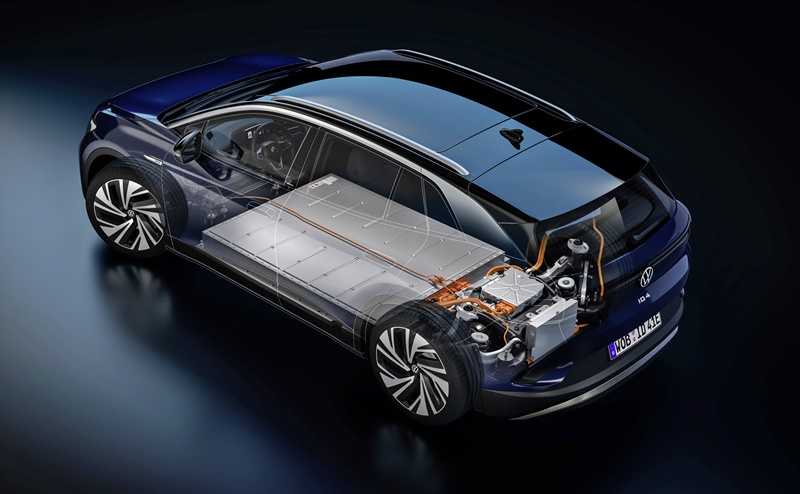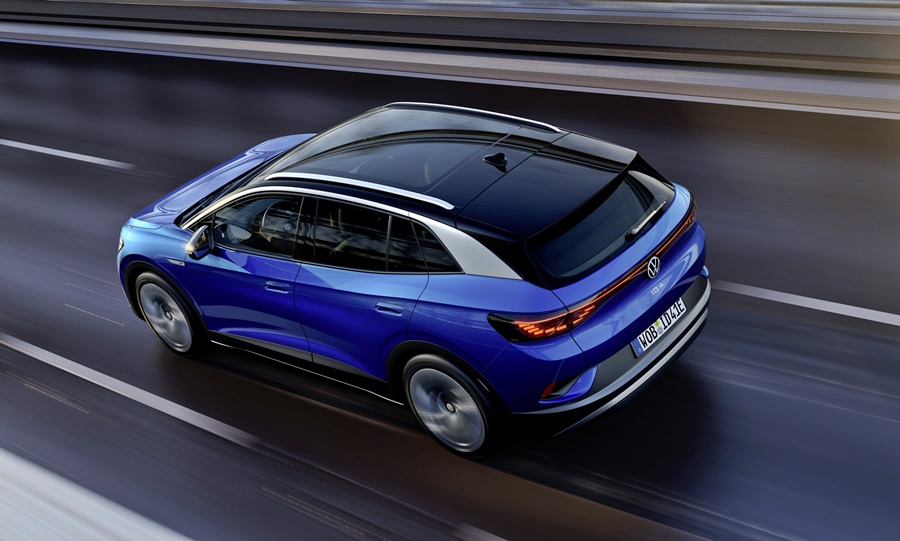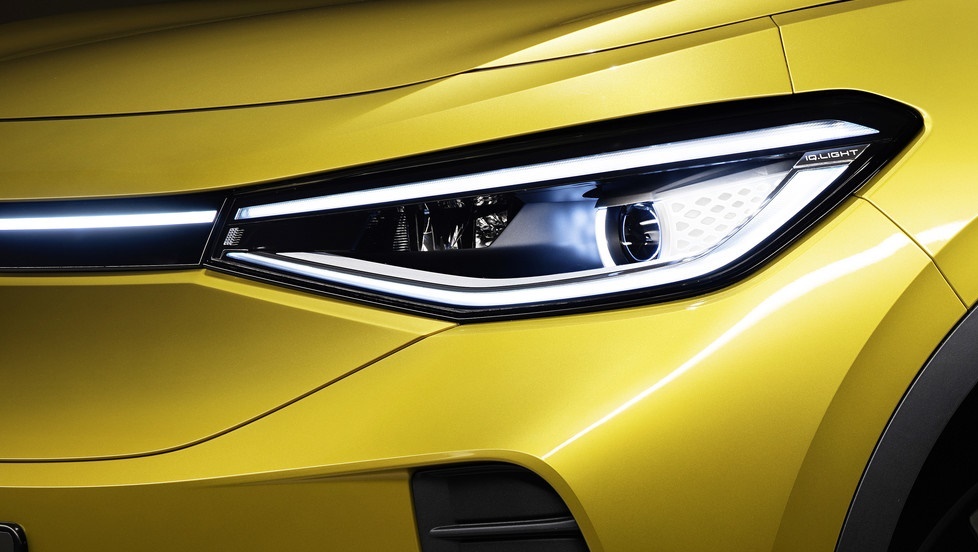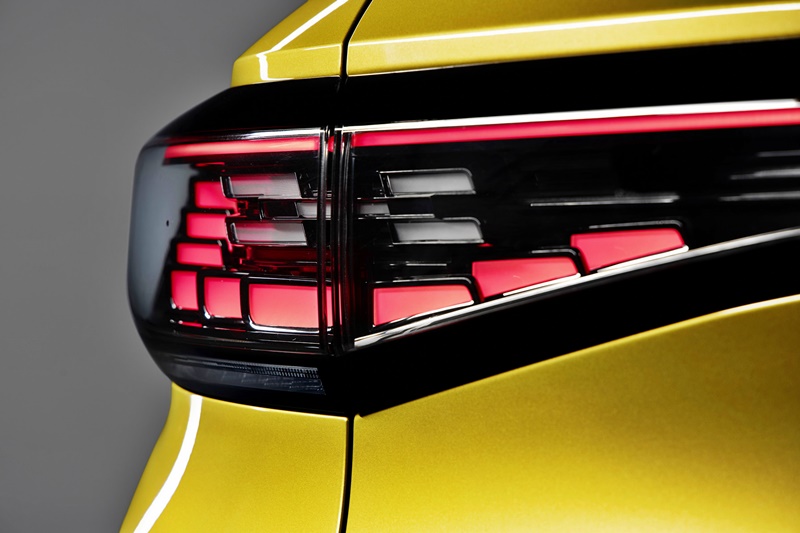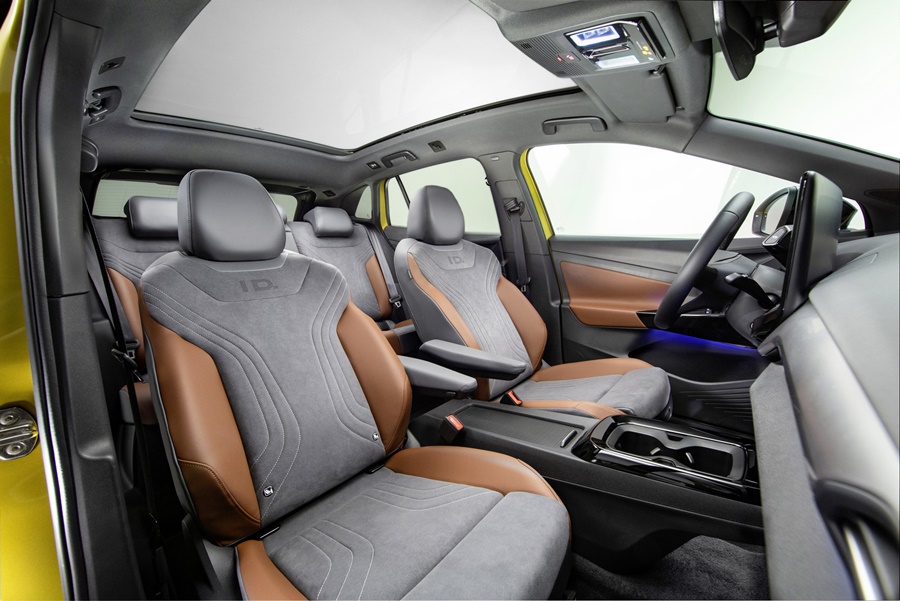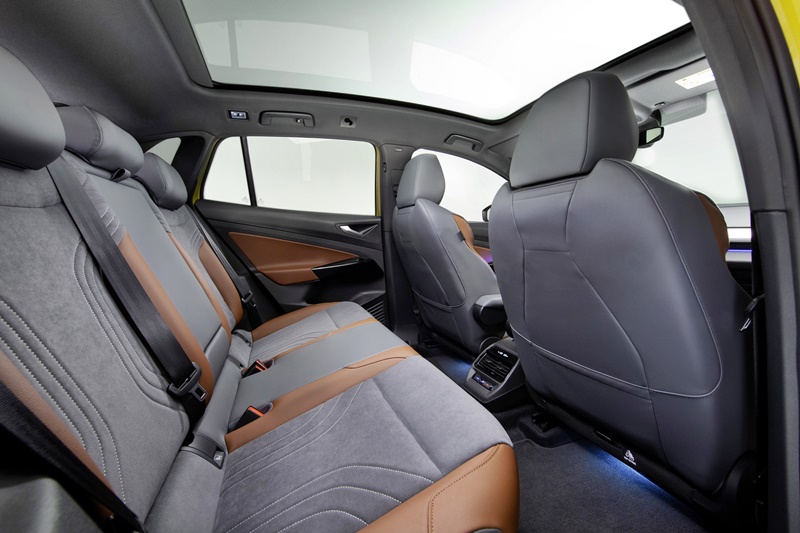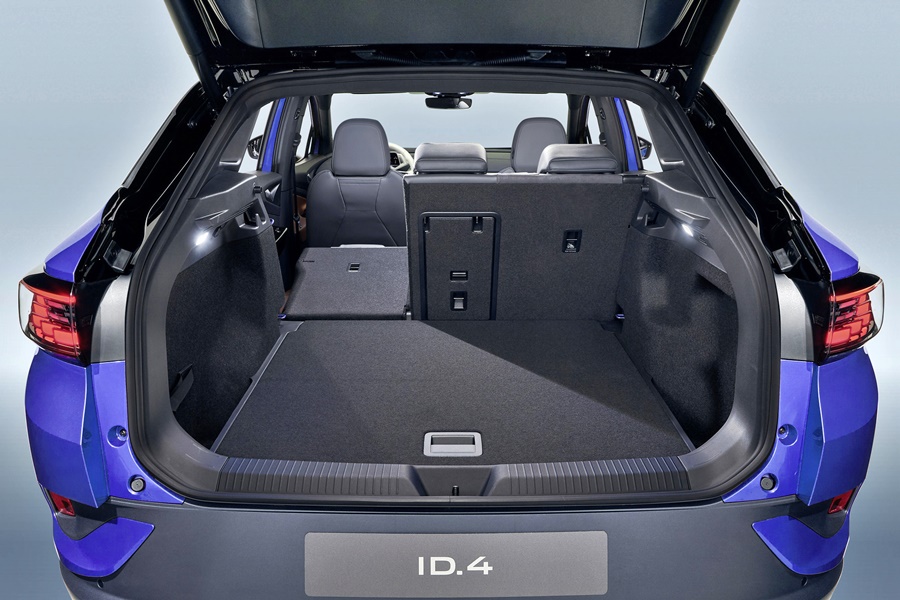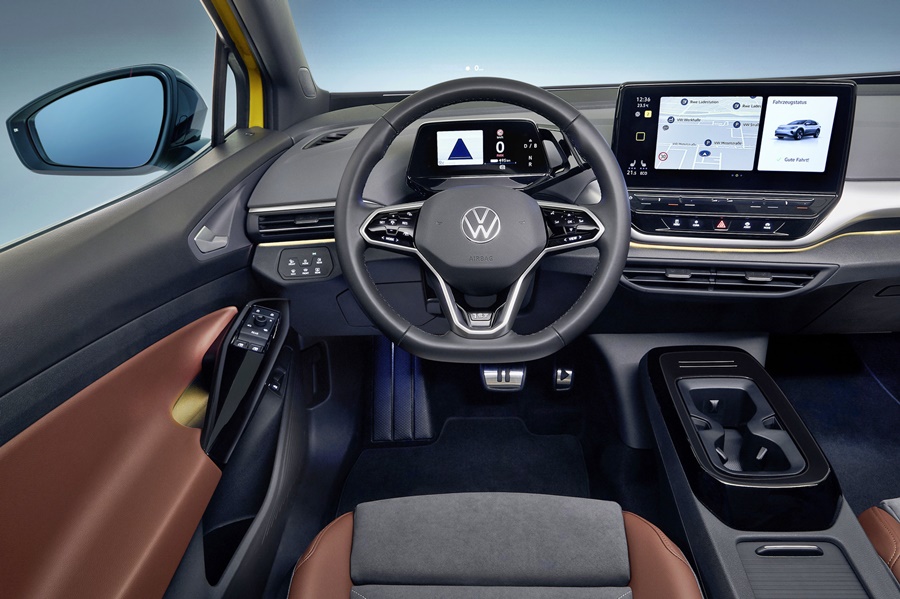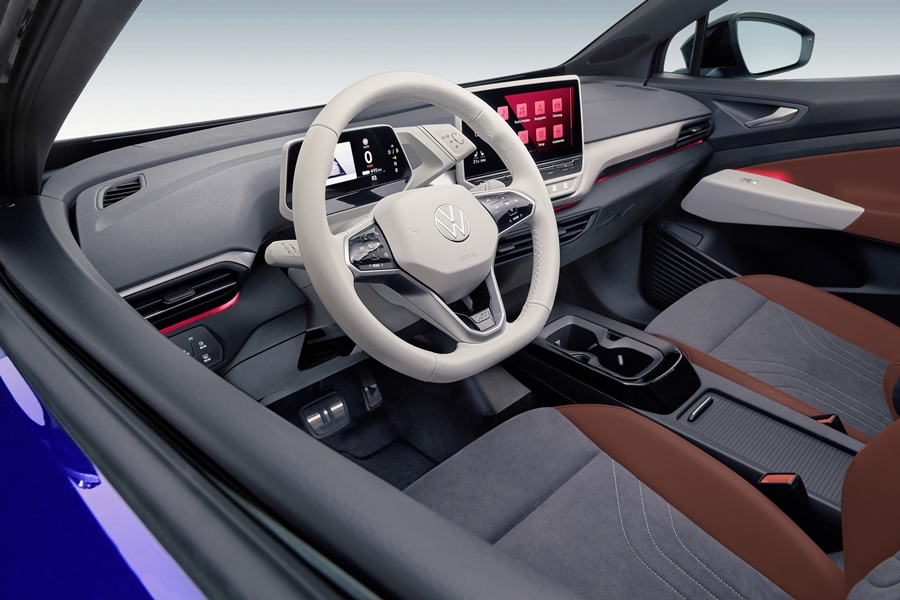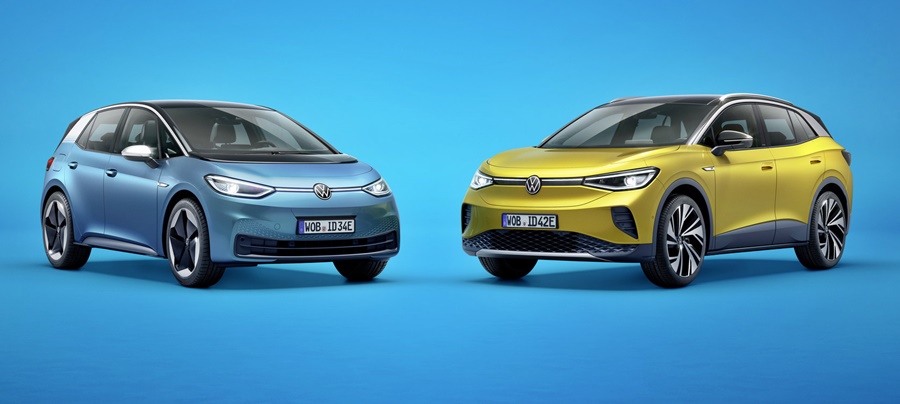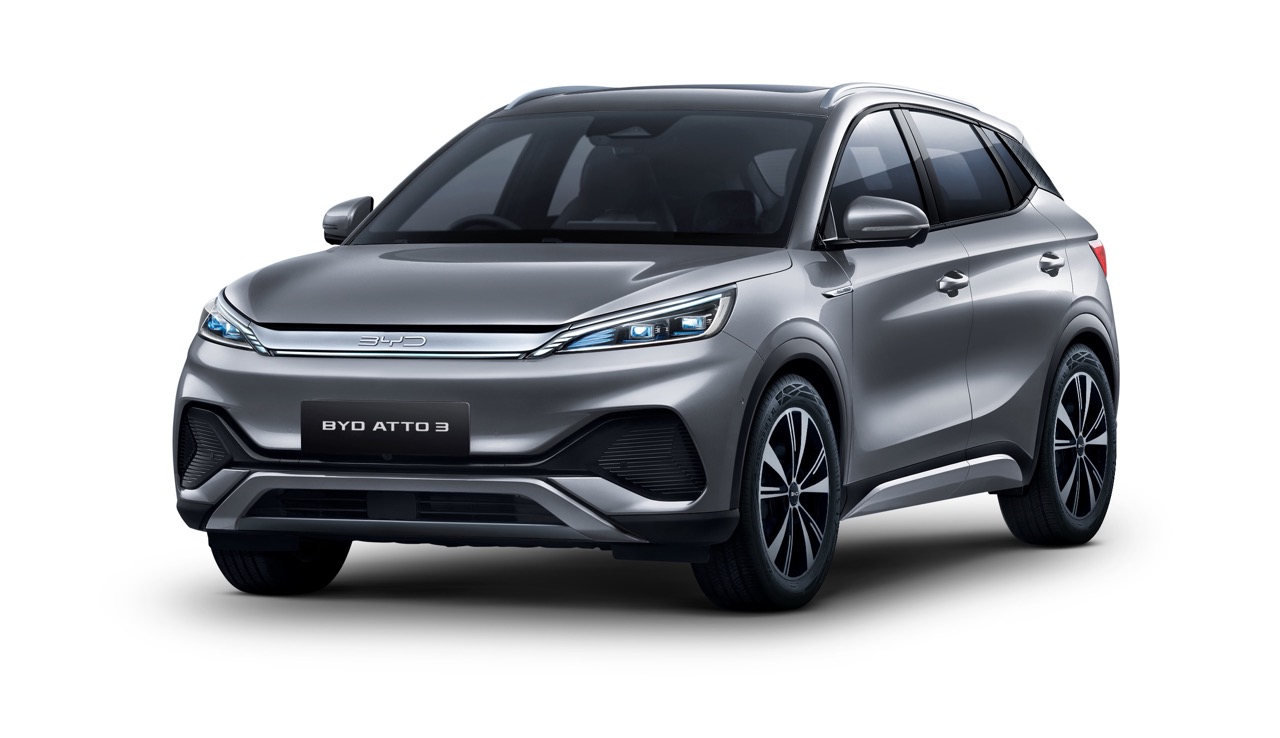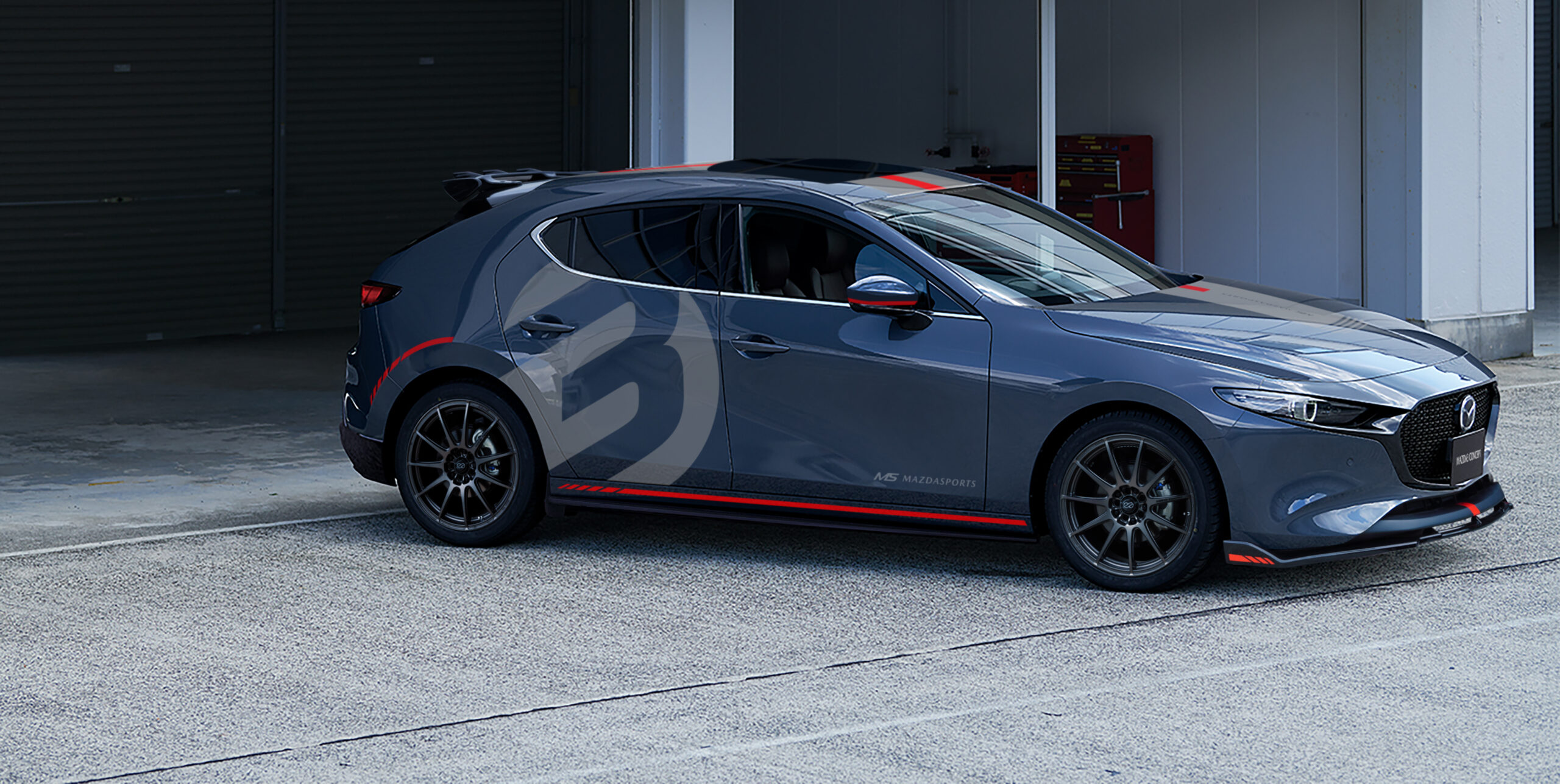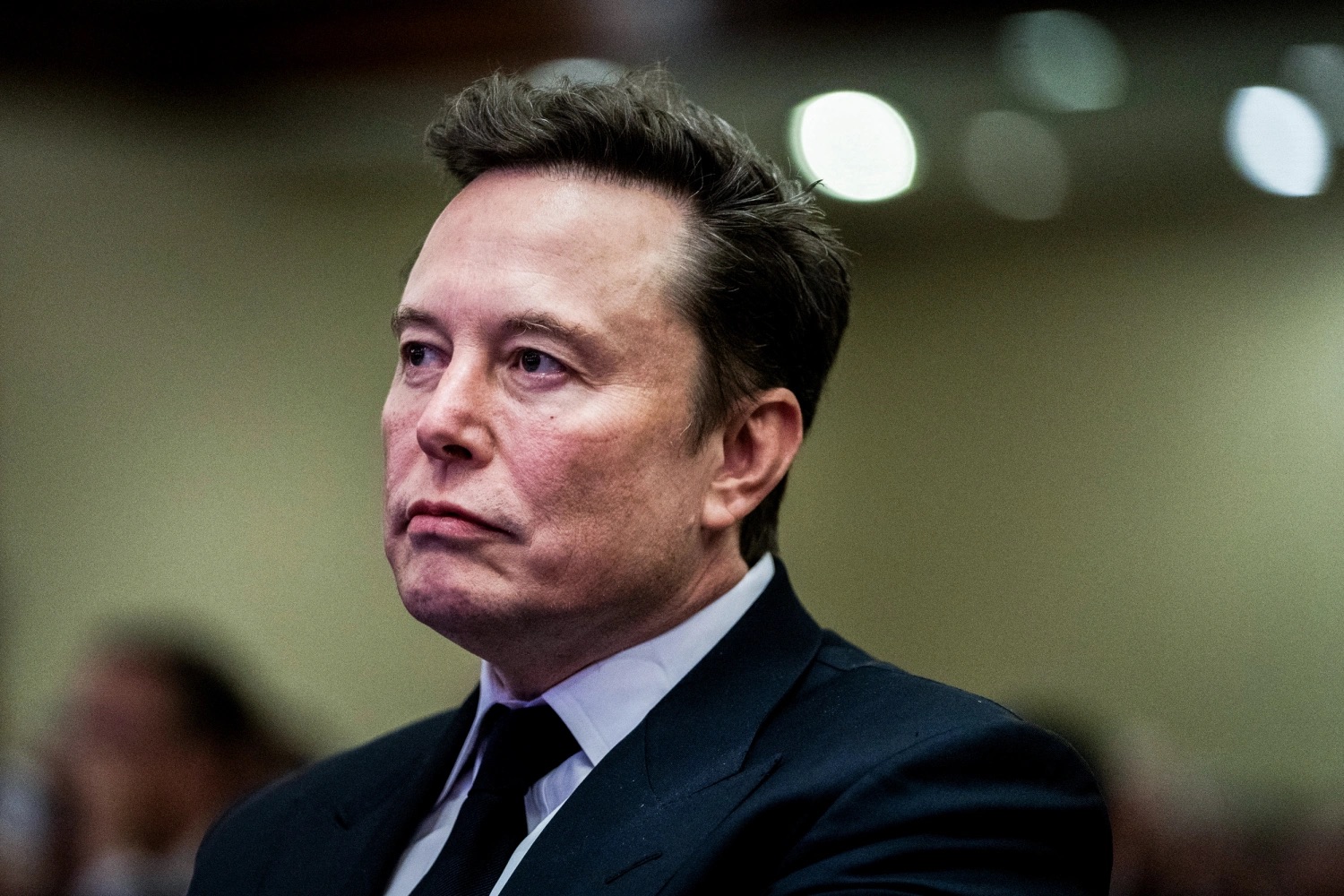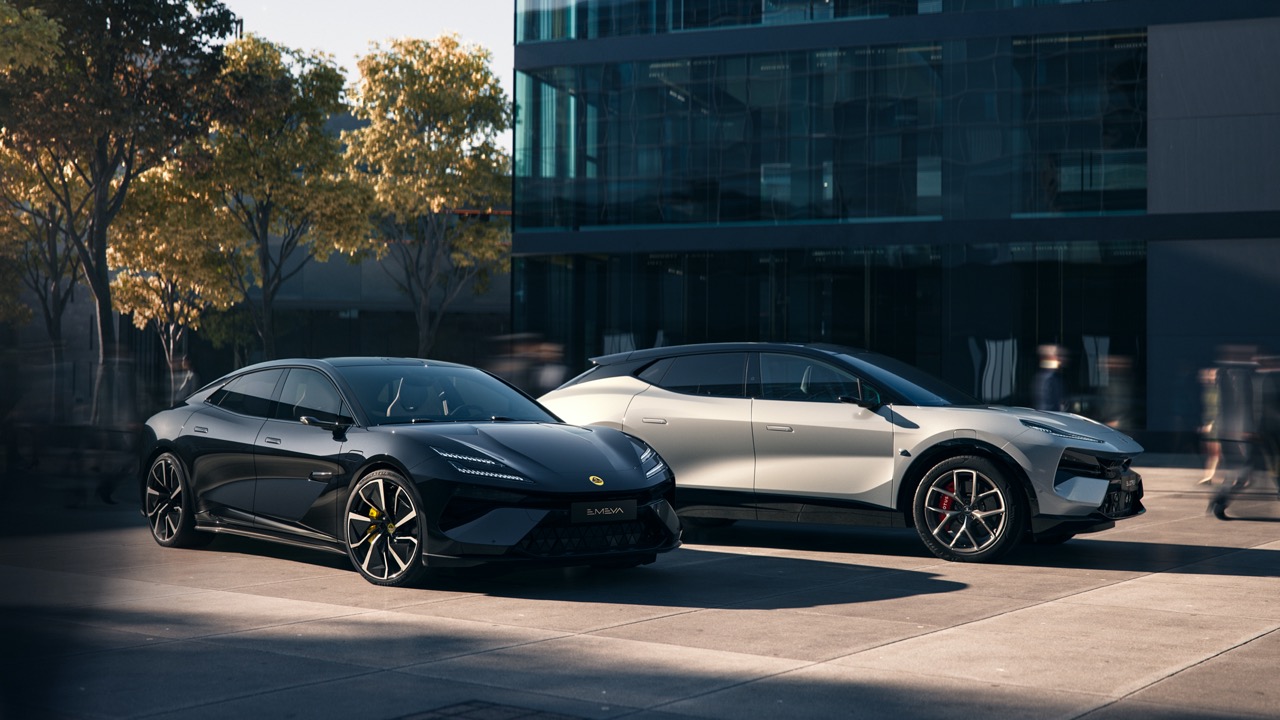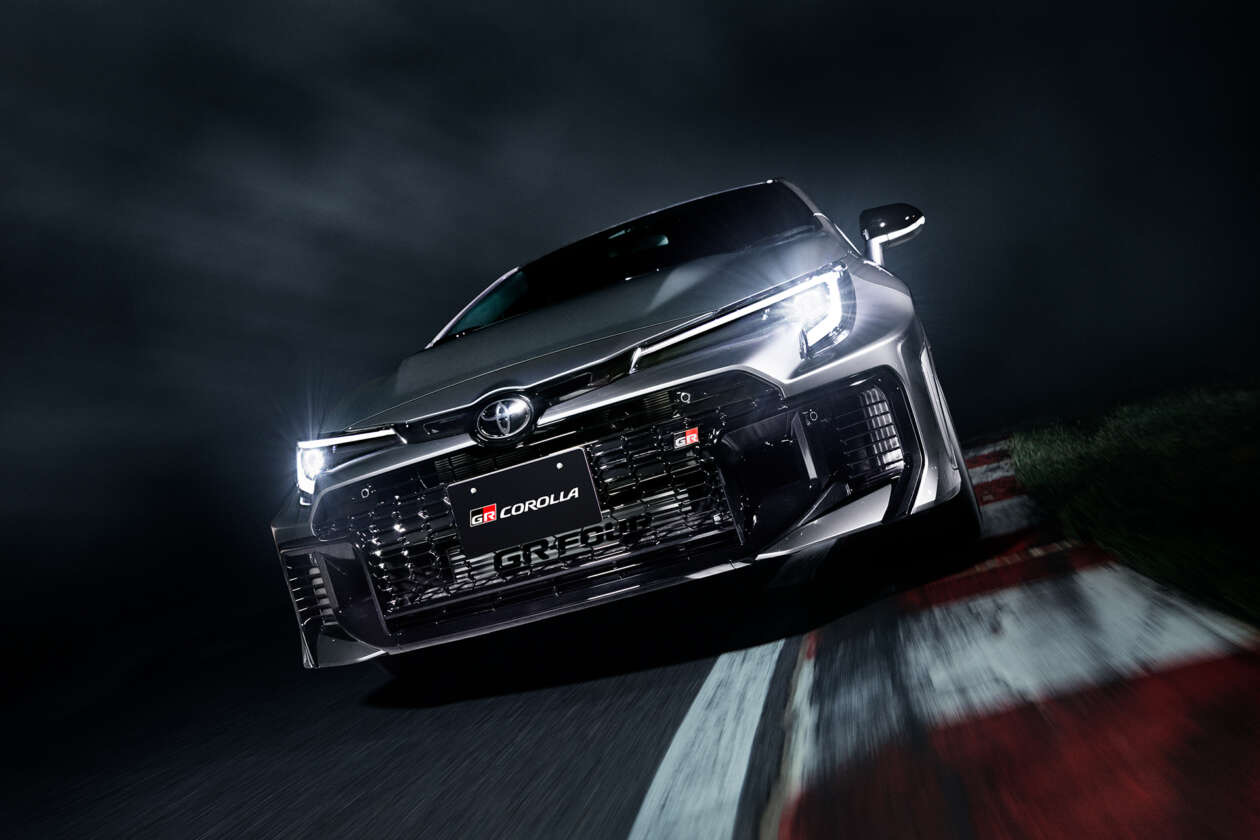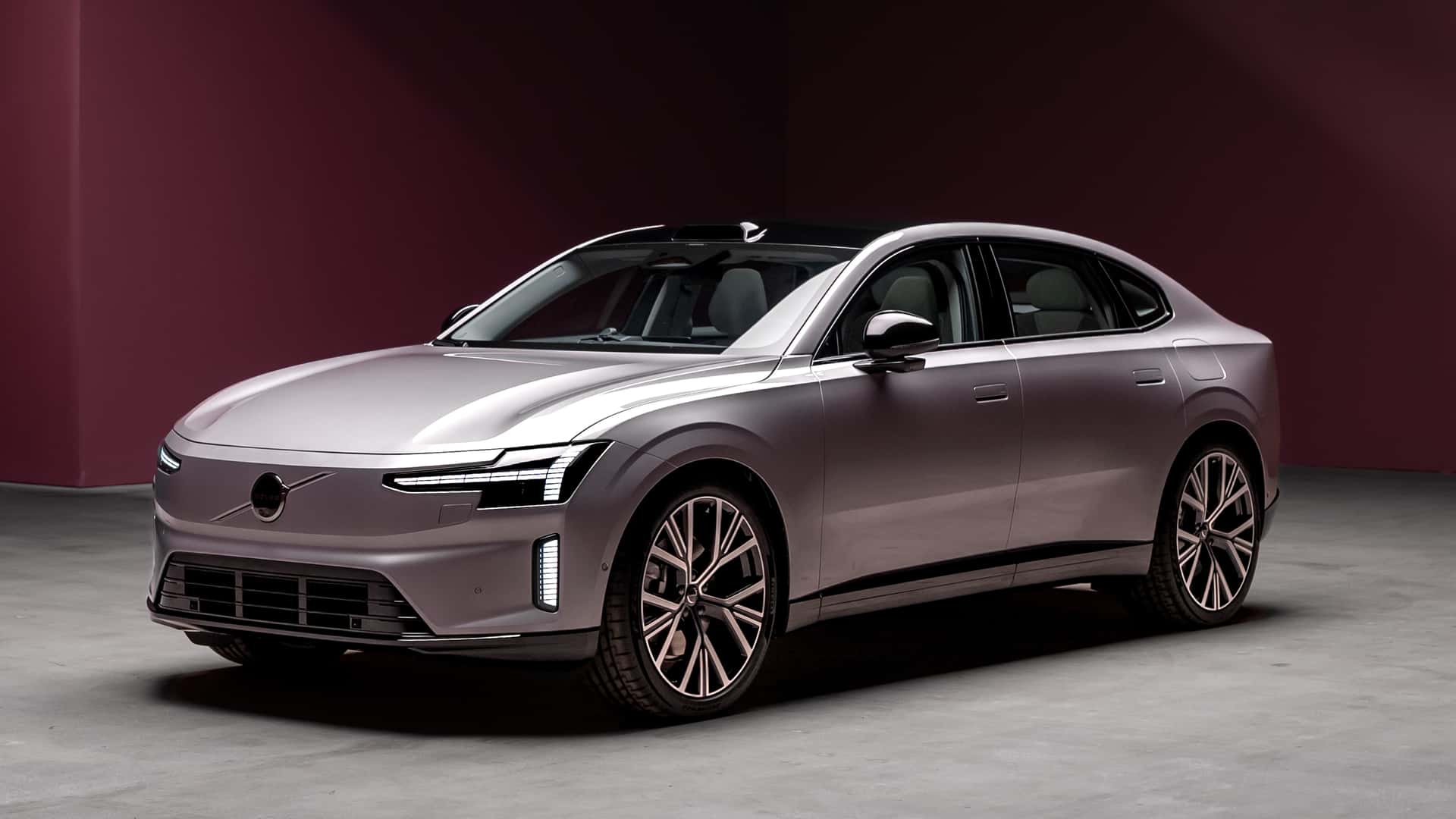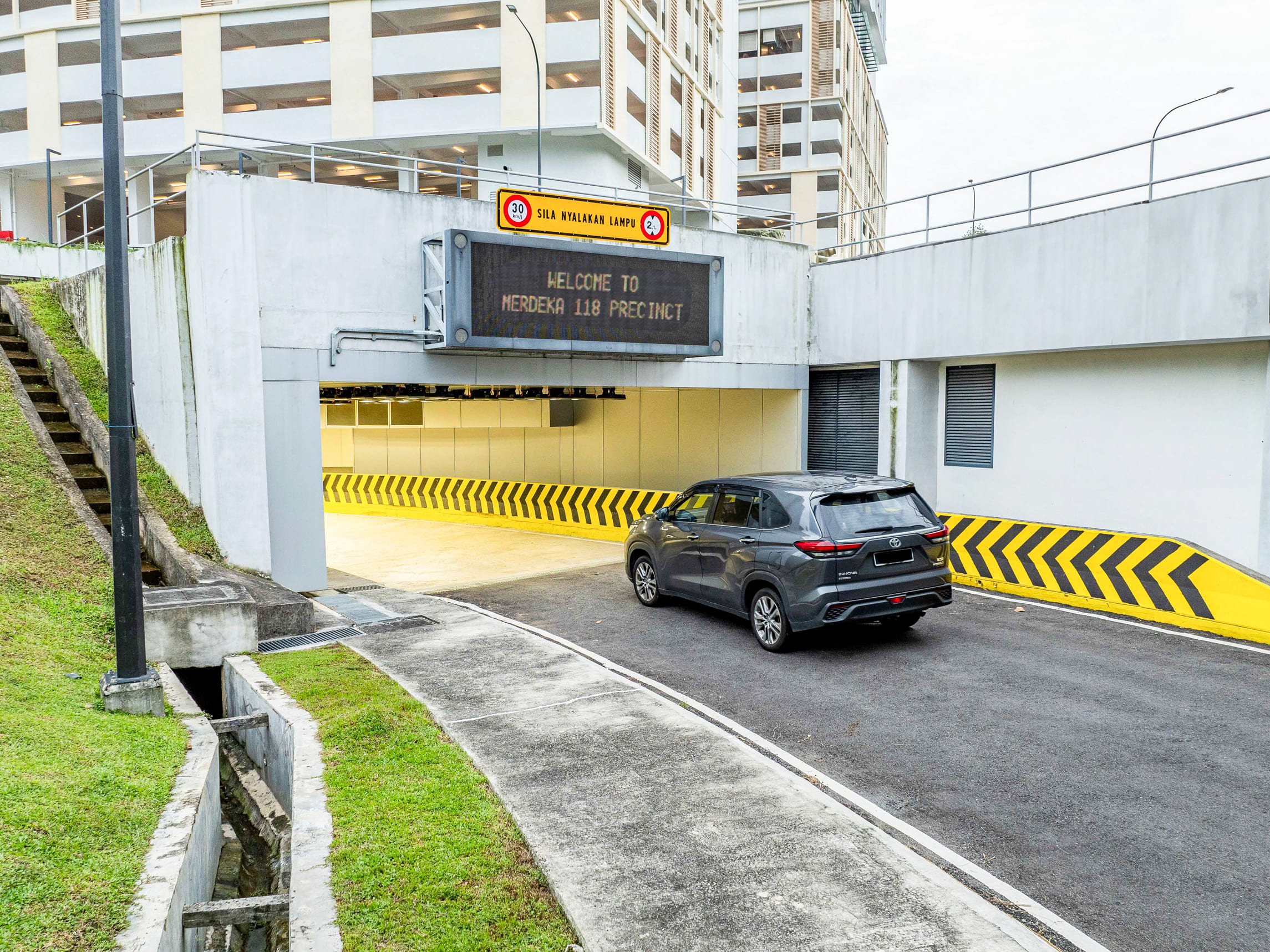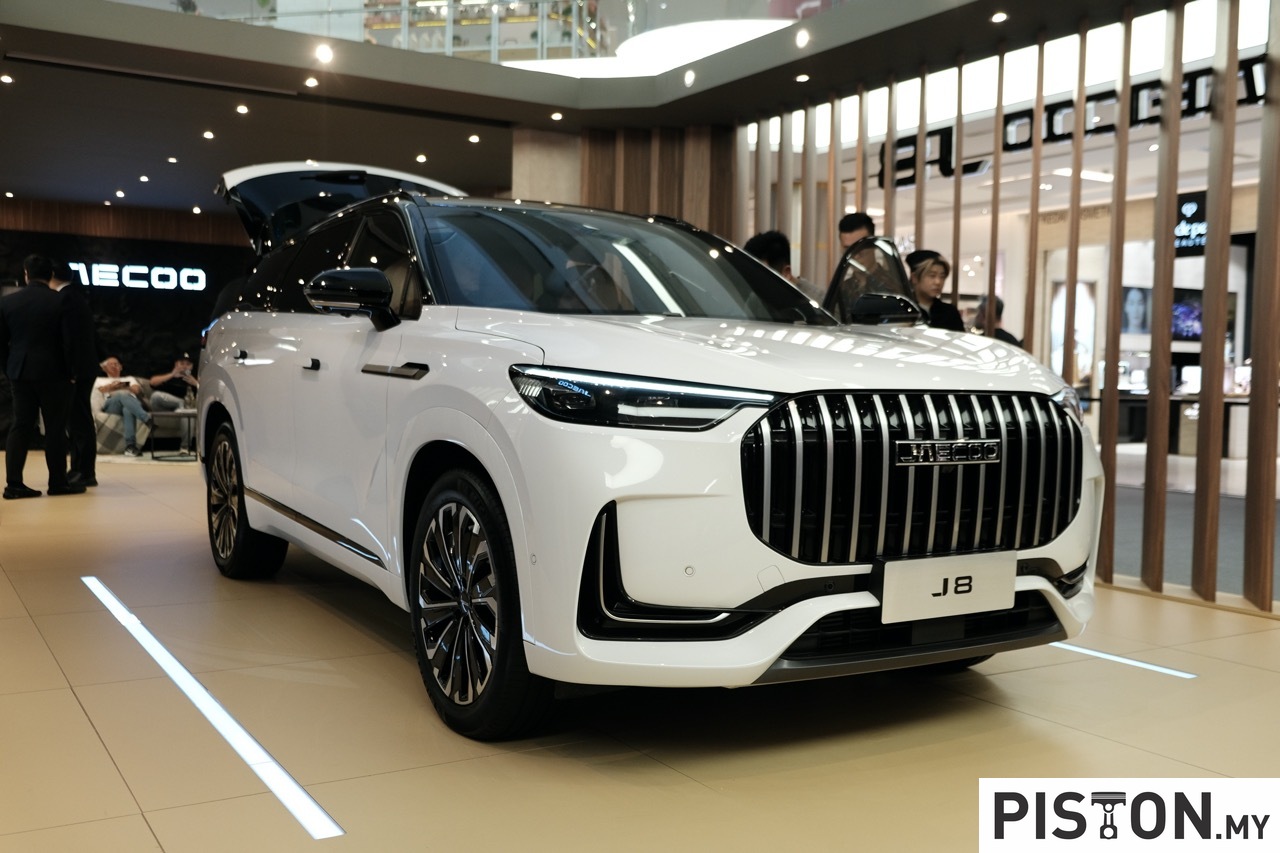Volkswagen’s ID. family, which consists of only all-electric models, releases its second which is a SUV. The first of the ID. models was the ID.3, a hatchback launched in 2019, and this new model is designated ID.4. There are known to be at least 7 models in total, with the others currently planned to go into production within the next 3 years.
“As the first global electric car, this model will roll out our modular electric drive matrix platform that has been developed specifically for electric mobility the world over. Volkswagen is thus once again demonstrating its leading role in innovation, technology and quality on the high-volume market,” said Ralf Brandstatter, CEO for the Volkswagen brand.
The ID.4 is Volkswagen’s first fully electrically-driven SUV and has dimensions which put it within the compact SUV class. This is now a highly competitive segment, especially in Europe where SUVs were once disliked as they were considered to be not environment-friendly due to their higher consumption.
No environmental issues
The ID.4, of course, has no such issue and is a zero emissions vehicle with the space and comfort that any buyer will appreciate. Its 77 kWh battery pack powers a 150 kW (equivalent to 204 ps) electric motor that gives a claimed 0 to 100 km/h time of 8.5 seconds and a top speed of 160 km/h.
The battery pack is installed below the passenger compartment for a low centre of gravity, while the electric drive motor is positioned at the rear axle, which also helps with grip. In the event that the driver wants to wander off the highway, there’s 21 cm of ground clearance with 21-inch wheels.
We Charge anywhere
Volkswagen is launching on the European market a complete package for convenient, connected and sustainable charging of electric cars under the name ‘We Charge’. This provides recharging at home, around town or on a long journey. The ID.4 can be recharged within 30 minutes with at a DC (direct current) quick-charging station to provide a claimed 320 kms of range. On a full battery pack, the range is claimed to be up to 520 kms.
Sleek exterior
The ID.4’s exterior has a clear, flowing design inspired by nature. Aerodynamic efficiency has been tuned to a low 0.28 Cd, which will reduce the wind resistance that needs to be overcome by the electric motor.
The front and rear lighting units use LEDs (partial at the front) and for the most expensive ID.4 version, there are interactive IQ.Light LED matrix headlights. These feature swivelling lens modules and generate an intelligently controlled main beam for optimised spread. At the rear are new 3D LED taillight clusters with a homogeneous appearance that fully illuminates in an intensive red.
MEB for more space
The 4.58-metre long ID.4 sits on Volkswagen’s modular electric drive matrix (MEB) architecture. It divides the space for occupants and technology in a completely new way in favour of passengers. The space available in the cabin is said to be comparable to conventional SUVs in the next category up. Depending on the rear seat backrest’s position, the luggage compartment can have a volume from 543 to 1,575 litres.
The operating concept on the dashboard of this E-SUV, as Volkswagen refers to it, does not depend on physical buttons and switches. There are two displays, one of which diagonally measures up to 12 inches and features touch functionality, as well as a ‘Hello ID’ natural voice control assistant. The new ID.Light – a narrow light strip under the windscreen – intuitively supports drivers.
An augmented reality (AR) head-up display is optionally available to blend a host of displays with reality. Navigation arrows telling drivers to turn off are projected onto the road surface in exactly the right lane. IQ.Drive assist systems help the driver to enjoy safer and more relaxed motoring, while software is part of a completely new architecture and updates can be downloaded ‘over the air’.
Plans for global sale
The ID.4 will be gradually turned into a global model; Volkswagen has plans to produce and sell the E-SUV not only in Europe but also in China and later, in the USA.
Will we see it in Malaysia? Probably not so soon as there are a number of issues which would prevent it from being sold in sufficient numbers. It would be a CBU model and that would push its price up – and it would already be high as it has brand new technology. Malaysians are still not entirely sold on fully electric cars and the recharging network is also limited. While neighbouring countries’ governments are starting to promote EVs, our government is only ‘talking’ about being a hub for ‘energy efficient vehicles’ in the region, but is not doing much to make it attractive for manufacturers to set up here.




